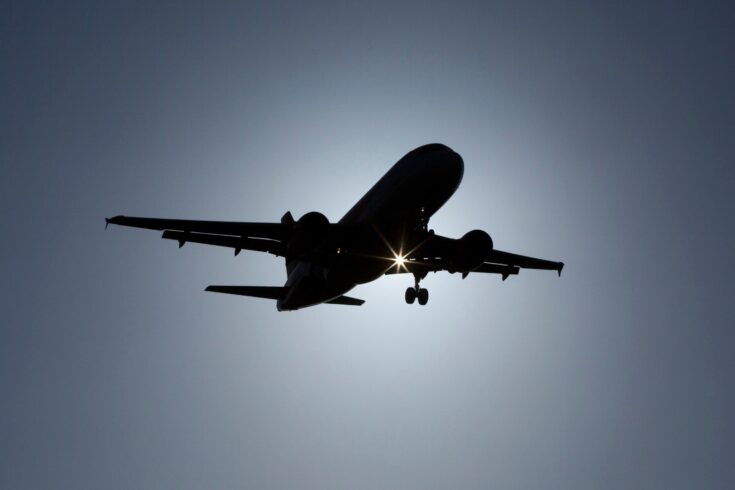An air-turbulence forecasting algorithm has revolutionised the ability to predict invisible clear-air turbulence, improving comfort and safety on billions of passenger journeys and reducing carbon emissions.
Since 2015, the US National Weather Service has used the algorithm developed by the University of Reading, which has improved comfort and safety for an estimated 2.5 billion passenger journeys and by reducing unnecessary diversions delivered significant savings in emissions.
Watch Professor Paul Williams from the University of Reading discuss his research (YouTube)
Turbulence is increasing, as global temperatures rise due to climate change, and the researchers have been working with aircraft engineers to make sure that the next generation of planes is fit for a warmer, bumpier airspace.
With the forecasting algorithm being further adopted around the world, the University of Reading research team responsible have been seeking even greater impact through working with Airbus on aircraft design.
Last updated: 11 March 2021

